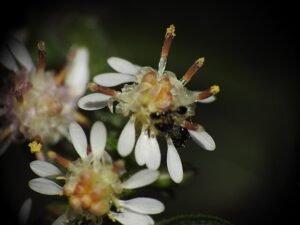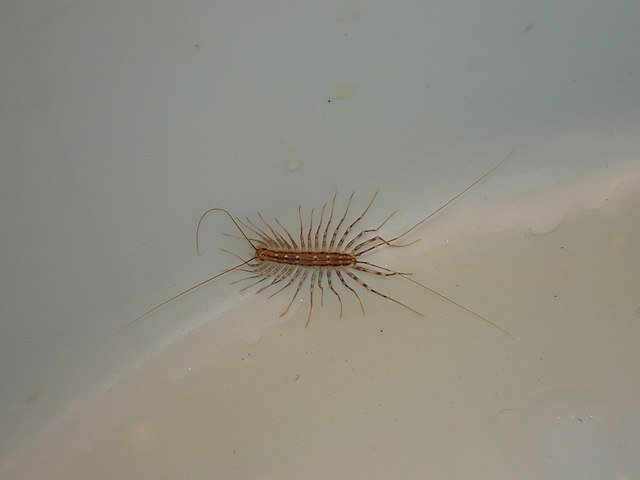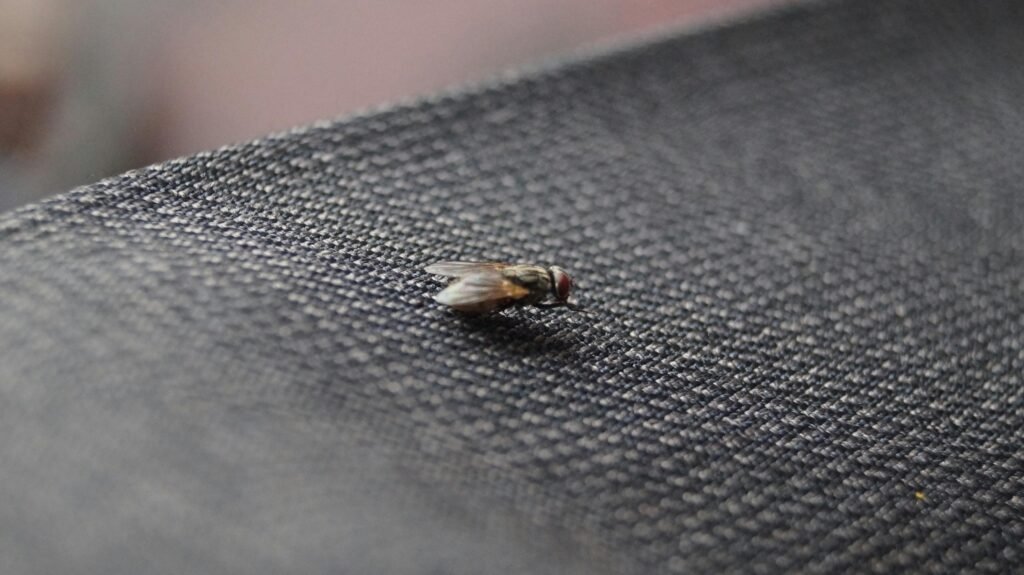Little Black Ants (Monomorium minimum): Identification, Behavior, Risks, and Control
 Among the many ants that invade homes and businesses, the Little black ant (Monomorium minimum) is one of the most inconspicuous yet persistent. At only 1–2 millimeters in length, they are easy to overlook until their colonies expand into kitchens, patios, or cracks in walls. While their small size makes them less intimidating than larger invaders like Carpenter ants (Camponotus spp.), their sheer numbers and adaptability present unique challenges.
Among the many ants that invade homes and businesses, the Little black ant (Monomorium minimum) is one of the most inconspicuous yet persistent. At only 1–2 millimeters in length, they are easy to overlook until their colonies expand into kitchens, patios, or cracks in walls. While their small size makes them less intimidating than larger invaders like Carpenter ants (Camponotus spp.), their sheer numbers and adaptability present unique challenges.
This article provides an in-depth look at Little black ants: how to identify them, understand their biology, manage infestations, and explore their ecological role and cultural context.
As noted by Seifert in a 2025 taxonomic revision (cited in Wikipedia), Monomorium minimum and Monomorium trageri were synonymized under Monomorium carbonarium.
Identification
The Little black ant (Monomorium minimum) is aptly named for its minute size and dark coloration.
Size: 1.5–2 mm long. Workers are among the smallest household ants in North America.
Color: Dark brown to jet black, with a dull rather than glossy surface.
Body structure: 12-segmented antennae with a 3-segmented club, two-node petiole, and small eyes.
Wings: Reproductive males and females have wings during swarming season (spring to midsummer).
Because of their size, they are often confused with Pharaoh ants (Monomorium pharaonis), but Pharaoh ants are lighter yellowish in color.
Biology and Ecology
Like many Monomorium species, Little black ants form colonies that can range from a few hundred individuals to several thousand.
Colonial structure: Multiple queens are common (polygynous colonies), which allows rapid growth.
Diet: Omnivorous. They feed on insects, plant secretions, grease, and sugary foods. Indoors, they frequently target sweets and oily crumbs. Outdoors, they harvest honeydew from aphids.
Reproduction: Nuptial flights occur in late spring through midsummer. Males die shortly after mating, while fertilized females establish new nests.
Nesting habits: Colonies nest under stones, in rotting wood, soil cracks, or inside wall voids. They prefer hidden, humid microhabitats.
Global Distribution
Monomorium minimum is native to North America, but its range extends across the United States, Mexico, and southern Canada. They are especially abundant in:
Urban environments, where paved landscapes mimic their preferred nesting sites.
Lawns, gardens, and forest edges.
Buildings, especially kitchens, bathrooms, and basements.
Unlike invasive ants such as Argentine ants (Linepithema humile), Little black ants are not globally invasive but remain widespread in temperate zones.
Risks and Damage
While Little black ants do not sting and rarely bite, their significance lies in nuisance and contamination.
Food contamination: Colonies invade kitchens in search of sweets, fats, and proteins. Their presence in food storage can lead to waste and health code violations in restaurants.
Structural invasion: They can establish nests in wall voids, under floors, or beneath insulation, making eradication difficult.
Indirect plant damage: By tending aphids for honeydew, they may worsen infestations of plant pests.
Competitive displacement: Colonies can push out other small ant species in urban habitats.
Compared to larger pests like Pavement ants (Tetramorium immigrans), their damage is subtle but persistent.
Signs of Infestation
Homeowners and pest control professionals can recognize Monomorium minimum infestations through:
Ant trails: Long, well-defined trails along baseboards, sidewalks, and countertops.
Food attraction: Strong preference for sweets, honey, syrups, and greasy residues.
Nest locations: Tiny piles of soil near cracks, expansion joints, or foundations.
Swarmers: Small winged ants emerging from wall voids during summer flights.
Because they are so small, infestations are often only recognized when numbers become high.
Control Methods
Controlling Little black ants requires patience and a multi-pronged approach.
Sanitation
Eliminate food residues, grease, and sugary spills.
Store food in sealed containers.
Rinse recycling bins.
Exclusion
Seal cracks and gaps in foundations, window frames, and doorways.
Repair screens and caulking.
Chemical control
Baiting is the most effective strategy. Ant baits containing borates, hydramethylnon, or indoxacarb exploit their foraging trails.
Sprays are less effective since colonies are often fragmented and hidden.
Outdoor management
Control aphid populations on ornamental plants to reduce honeydew sources.
Remove logs, stones, and debris near buildings.
Advanced Approaches
In cases of severe infestations, professional intervention becomes necessary.
Targeted baiting strategies: Using both carbohydrate-based and protein-based baits ensures better acceptance.
Integrated Pest Management (IPM): Combines sanitation, baiting, and exclusion for long-term results.
Monitoring systems: Sticky traps help detect activity and measure success of control.
Comparative species analysis: Professionals often differentiate Monomorium minimum from Ghost ants (Tapinoma melanocephalum) or Odorous house ants (Tapinoma sessile) to select the right bait formula.
Cultural and Historical Context
Although a nuisance today, ants like Monomorium minimum have long fascinated humans. Early naturalists in North America documented their small size and persistence, sometimes referring to them as “minute household ants.”
Their relationship with honeydew-producing insects has made them a focus in agricultural entomology, particularly in orchards and urban gardens. By protecting aphids, they indirectly challenge human food production—a subtle but historic link between small ants and larger agricultural concerns.
FAQ Section
Q1. How can I tell Little black ants apart from Pharaoh ants?
Little black ants (Monomorium minimum) are dark brown to black and only 1.5–2 mm long, while Pharaoh ants (Monomorium pharaonis) are light yellowish and slightly smaller.
Q2. Are Little black ants dangerous to humans?
They are not harmful through stings or bites, but they contaminate food and spread bacteria across surfaces.
Q3. Why are Little black ants so hard to eliminate?
Their colonies have multiple queens and can split into subcolonies when threatened, making them resilient against sprays.
Q4. What do Little black ants eat?
They are omnivores, feeding on sweets, oils, grease, insects, and honeydew from plant pests.
Q5. What is the best bait for Little black ants?
Carbohydrate-based baits work well, but alternating with protein-based options improves control during different colony needs.
Q6. Do Little black ants live indoors year-round?
Yes, they can survive indoors through winter if nesting sites provide warmth and moisture.
Final Thoughts
The Little black ant (Monomorium minimum) may be one of the smallest household invaders, but its persistence and adaptability make it a significant nuisance in urban and suburban settings. Unlike larger ants such as Pavement ants (Tetramorium immigrans) or Odorous house ants (Tapinoma sessile), their tiny size makes them harder to detect until populations are well established.
Successful management requires more than just sprays; it involves a combination of sanitation, baiting with both carbohydrate and protein-based attractants, and long-term monitoring. By understanding their biology, colony structure, and feeding patterns, both homeowners and professionals can reduce infestations effectively.
For pest control professionals, accurate identification is essential—confusing Monomorium minimum with species like Pharaoh ants (Monomorium pharaonis) or Ghost ants (Tapinoma melanocephalum) can result in wasted time and ineffective treatment.
Disclaimer
This article is for informational purposes only. Pest control laws and approved chemicals vary by country. For best results and legal safety, we strongly recommend contacting a licensed pest control professional in your local area. Always make sure that the pest control technician is properly certified or licensed, depending on your country’s regulations. It’s important to confirm that they only use approved products and apply them exactly as instructed on the product label. In most places in Europe, UK, or USA, following label directions is not just best practice—it’s the law.
Author Bio
Nasos Iliopoulos, ΒSc Agronomist & Certified Pest Control Expert
Scientific Director – Advance Services (Athens, Greece)
Licensed Pest Control Business – Ministry of Rural Development & Food (GR)
References
Texas University –Little Black Ant
Wikipedia – Monomorium carbonarium


